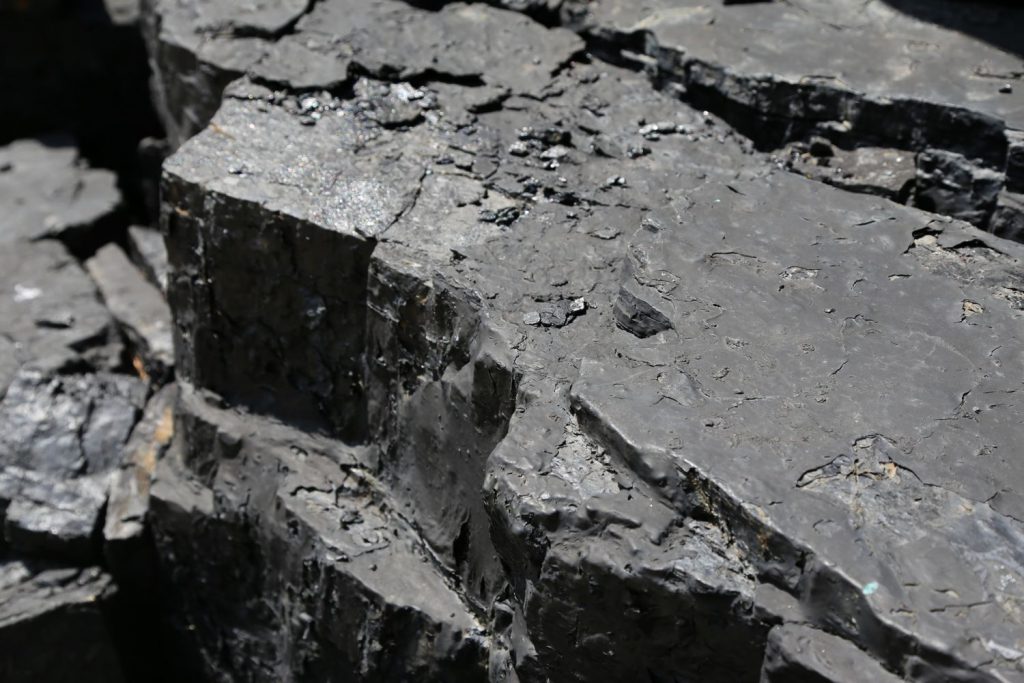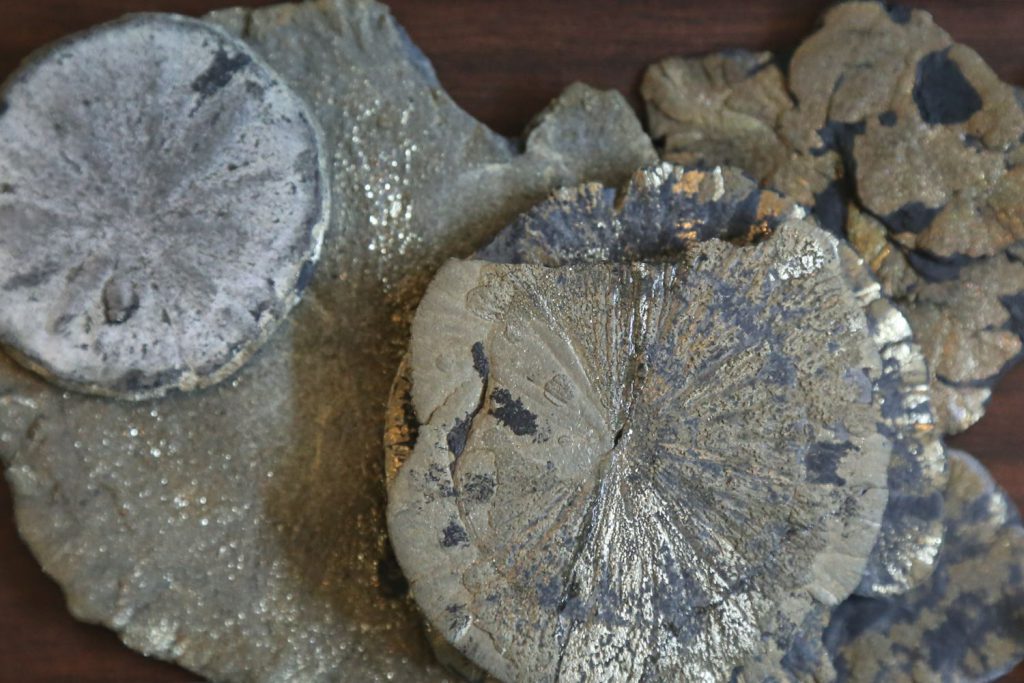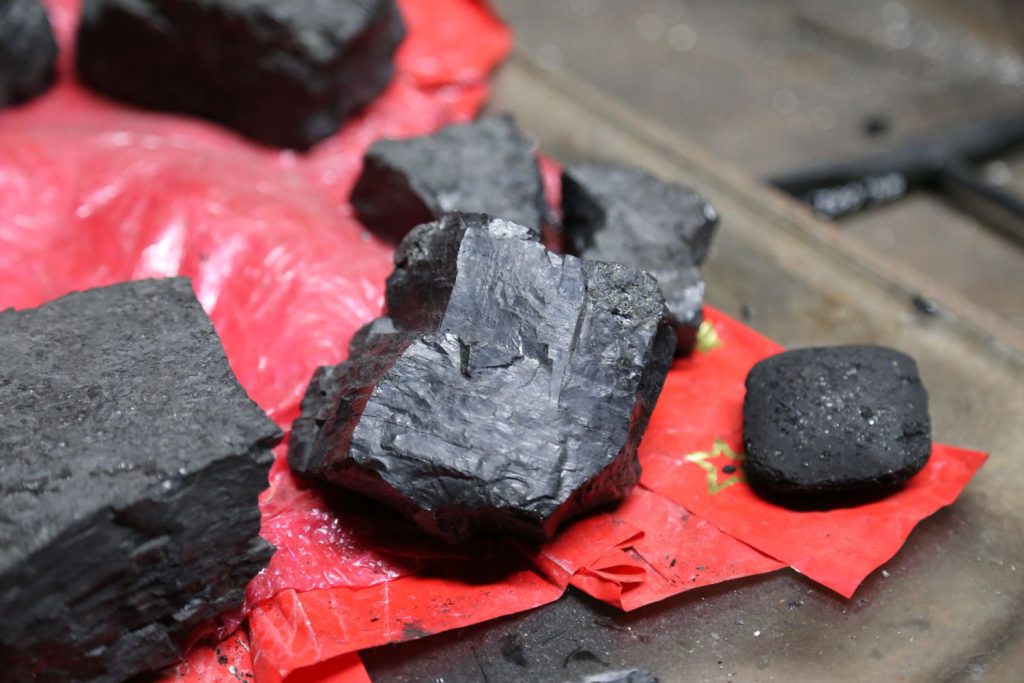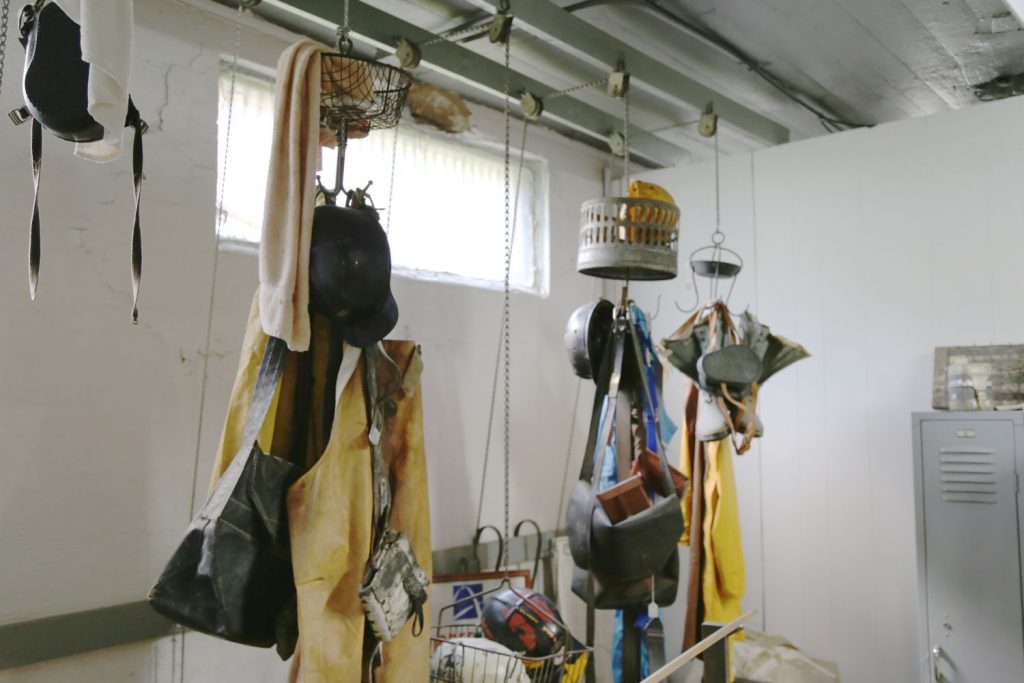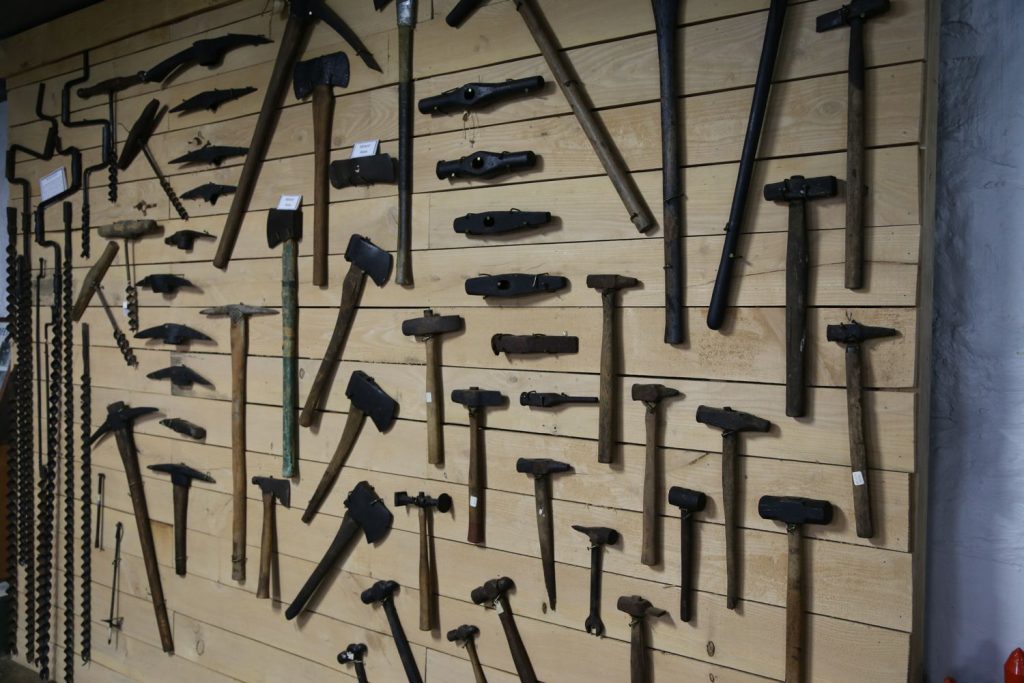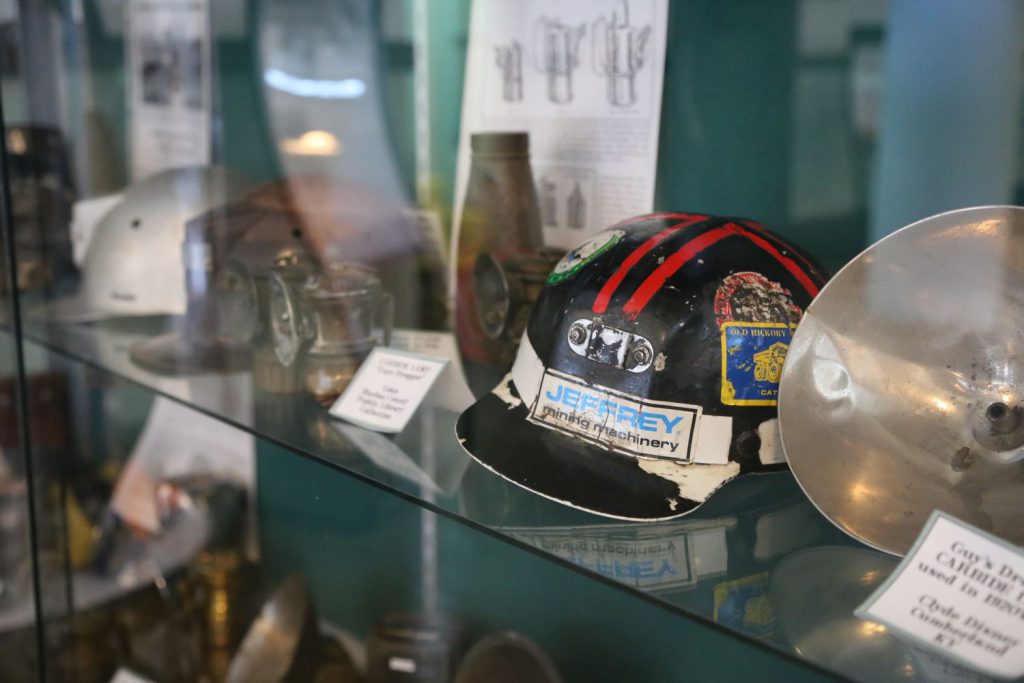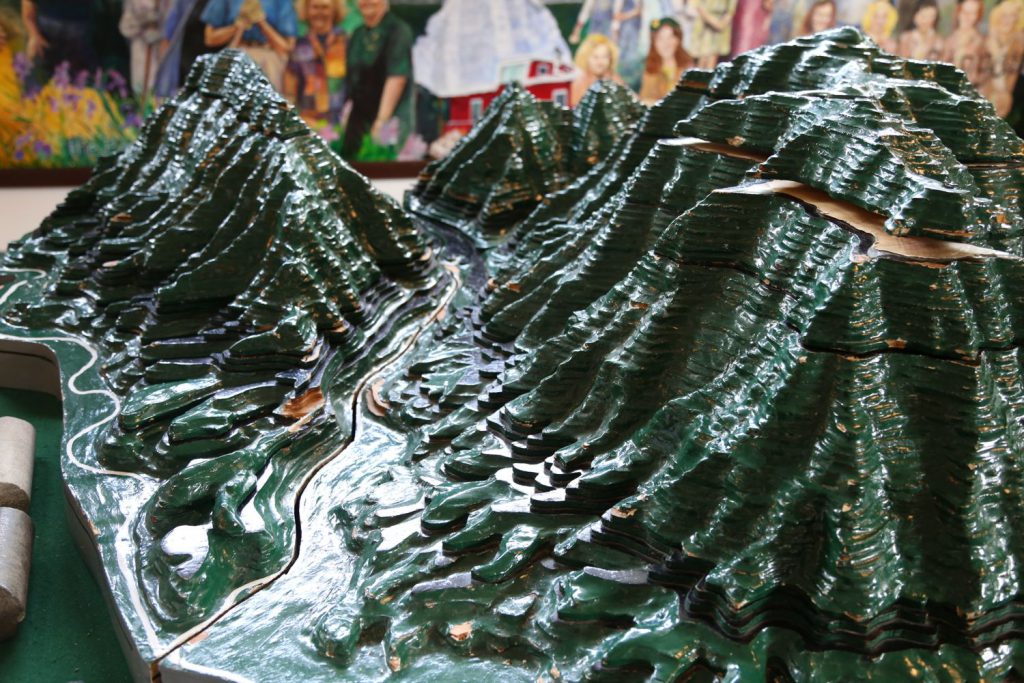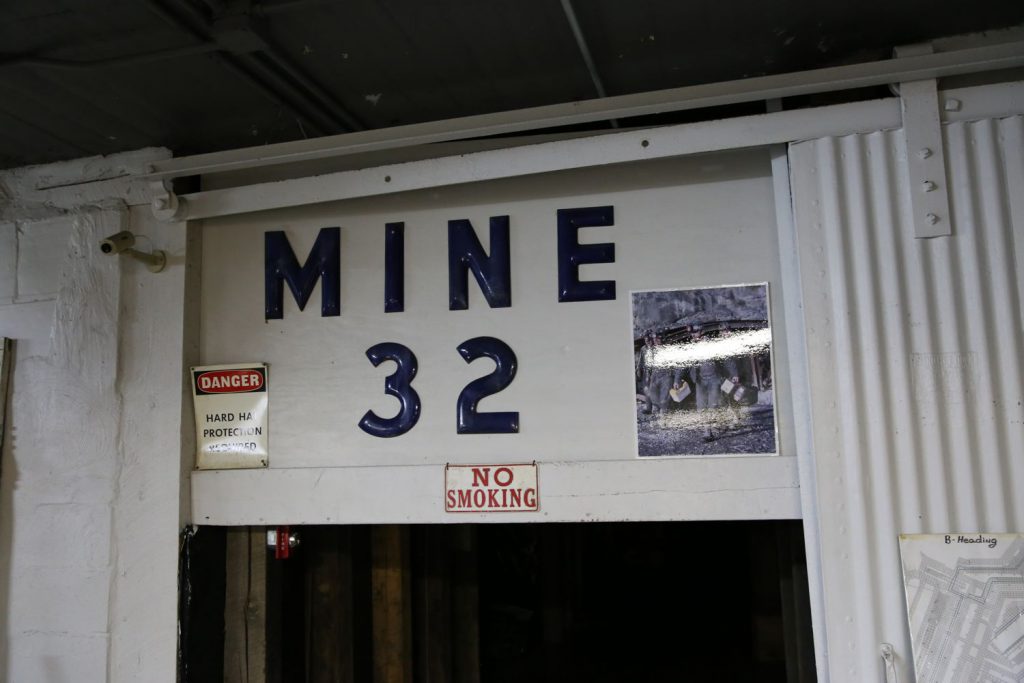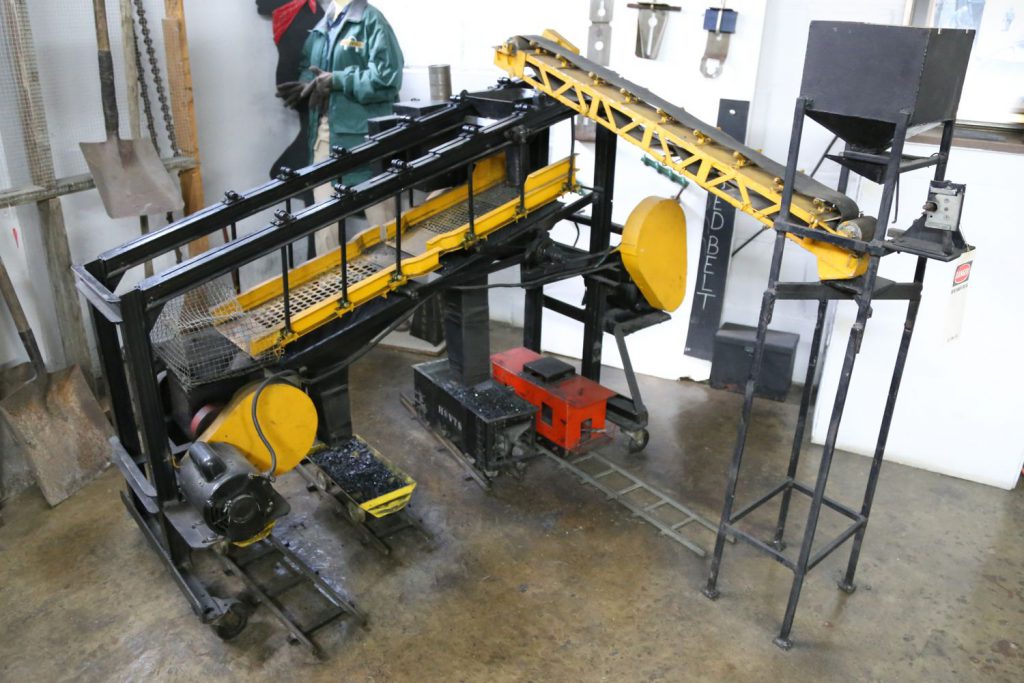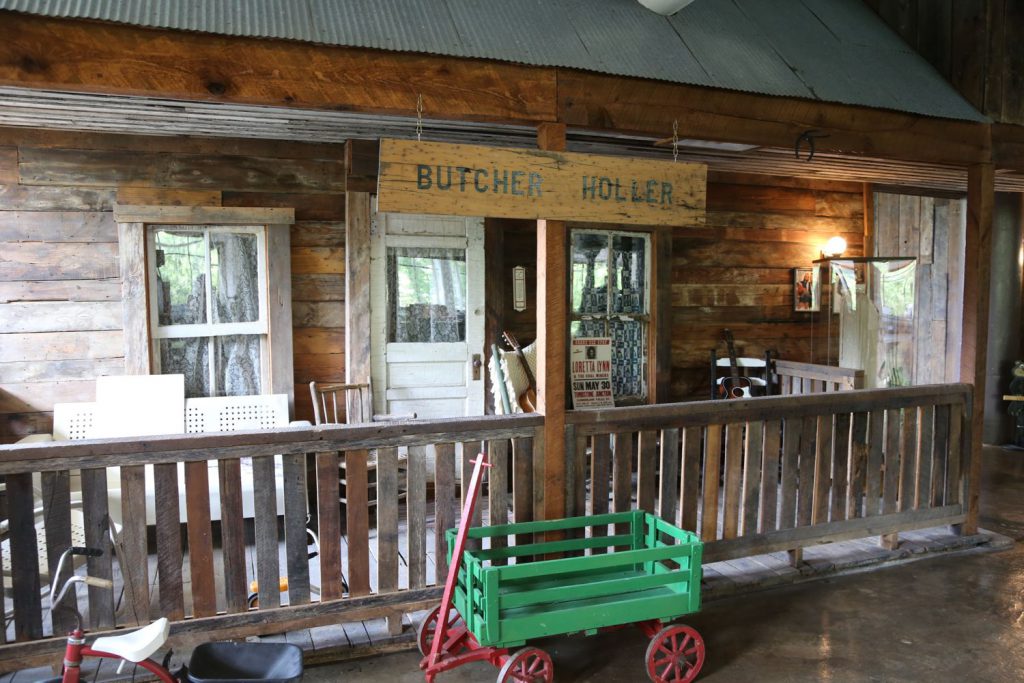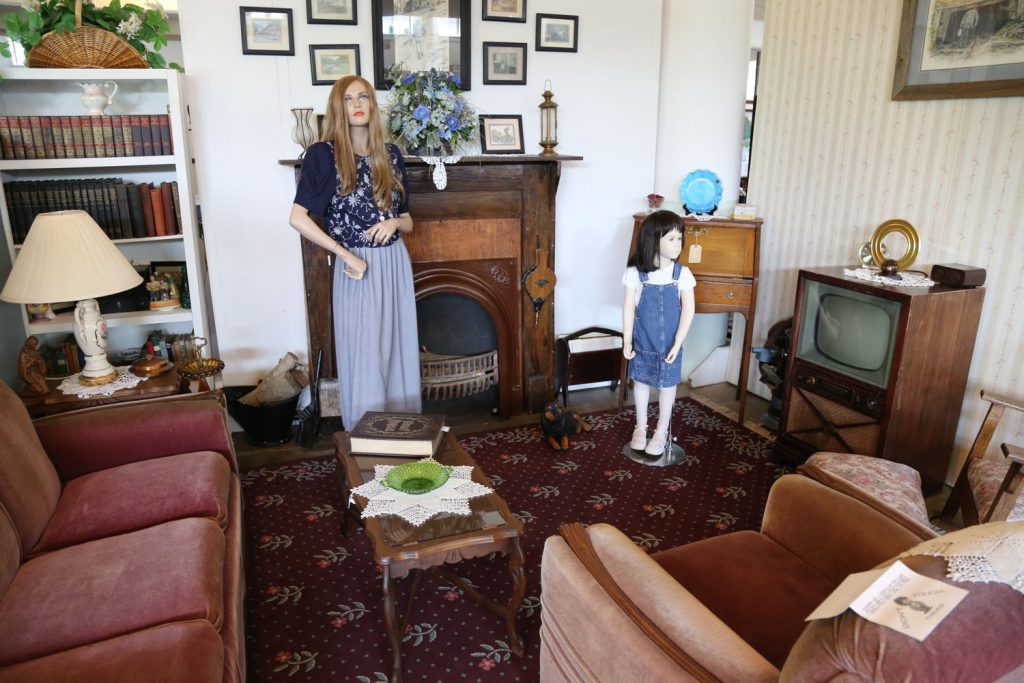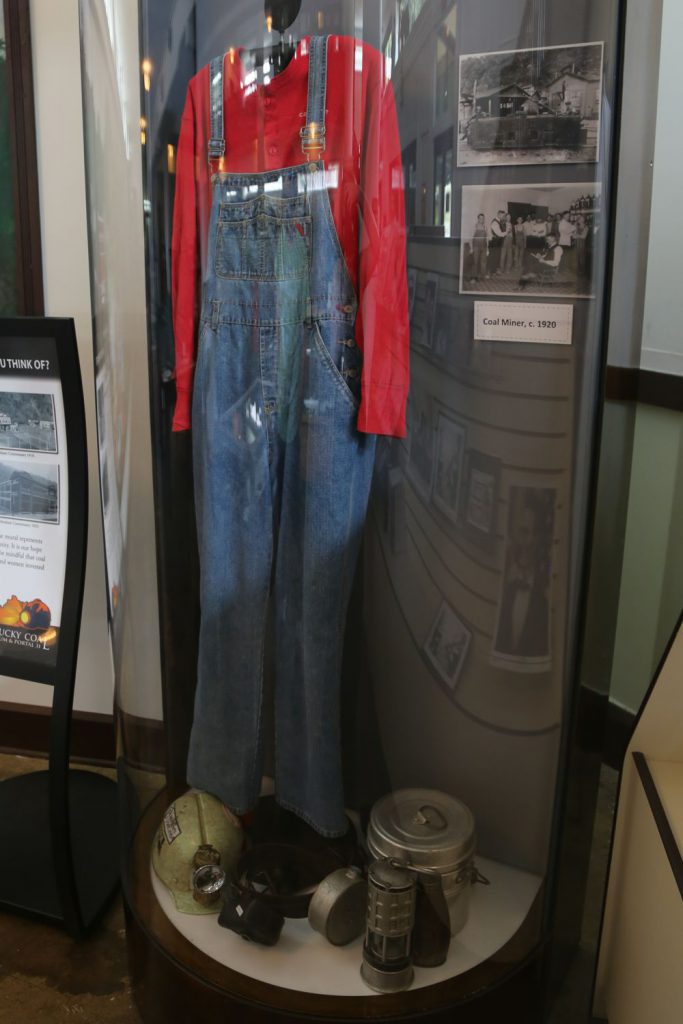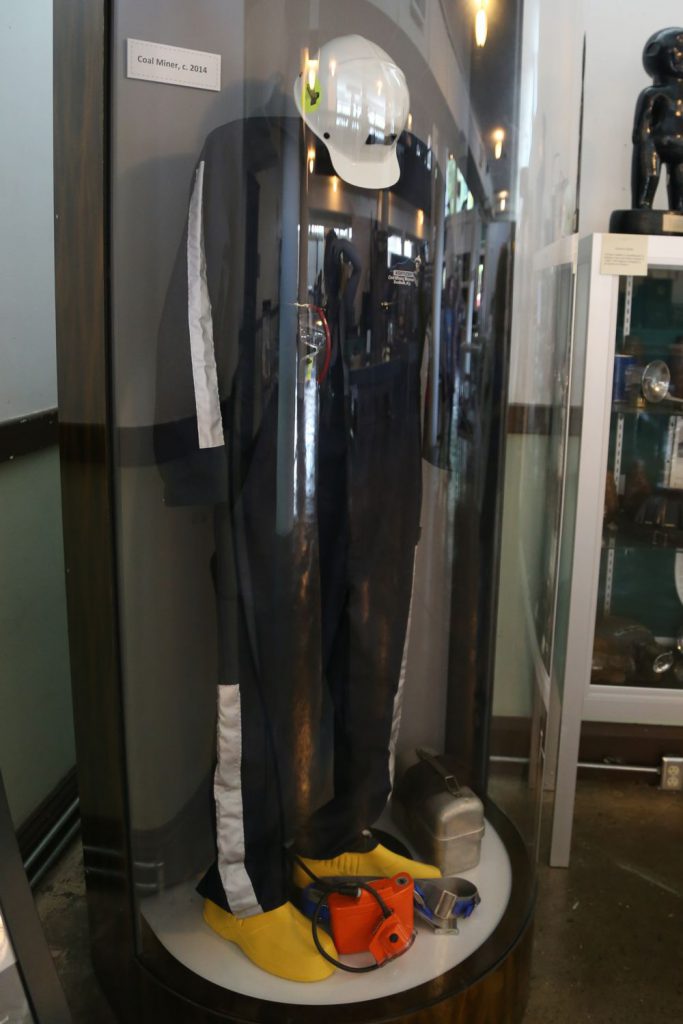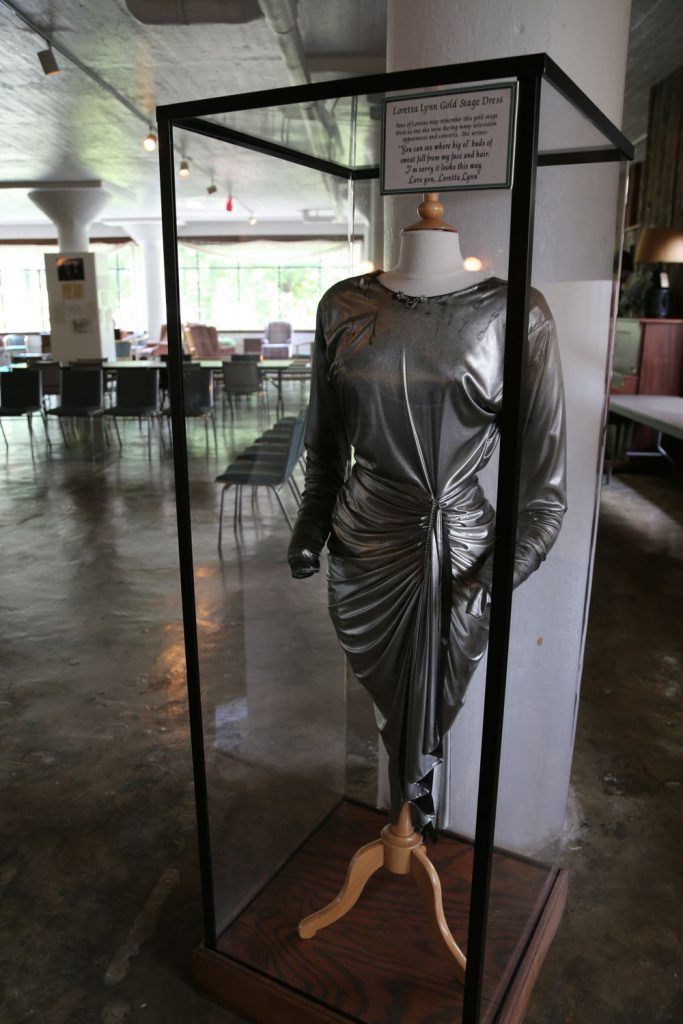Nestled among the Appalachian Mountains is a testament to one of the region’s core industries. The Kentucky Coal Mining Museum houses four floors of artifacts, dioramas, and other displays covering coal mining in eastern Kentucky, the men and women whose lives were effected, and the rich culture that has emerged from it.
Two Towns
The museum focuses on coal mining activities in the area, predominantly the neighboring towns of Benham and Lynch. Farmers lived in the area before mining operations entered what became Benham and Lynch. The land was bought and towns were established as company towns for coal mining. International Harvester bought Benham in the early 1900s. It only became an incorporated as a city in 1960 when the company sold several of the buildings. The location for Lynch was similarly purchased by a subsidary of U.S. Steel and developed for their workers. The town was named after Thomas Lynch, head of U.S. Coal and Coke Company. In their heyday, miners enjoyed company established housing, assets, and recreation. Managers even enjoyed a country club and golf course.
The Museum
The museum itself was originally a company store for International Harvester. While its purpose may have changed, its origin is evident from the building’s architecture (with a second story promenade) to the glass cases repurposed from displaying commodities to artifacts. In 1990, the building was bought by the Chamber of Commerce to create a mining museum. After extensive renovations, the museum opened its doors in May 1994.
On Display
The museum sports coal mining equipment from pre-electricity candleholders for helmets to a modern day miner’s uniform. Displays demonstrate the scope of the coal operation’s functions: from schools to carpenters.
The museum is rather heavy handed with its use of mannequins and dioramas. It introduces a strong dose of “kitch” to a museum that pleads to be taken seriously and disseminate understanding for an industry that has been largely vilified. Such displays demonstrate the daily lives of miners and their families, the difficult work but the rewards of being able to provide a steady income for their family.
The top floor mostly focuses on coal mining’s connections with popular culture, with particular attention paid to the country music singer and “Coal Miner’s Daughter,” Loretta Lynn. Several pieces from her personal collection are on display, as well as a full scale replica of the front porch or her Butcher Hollow home.
The museum stands as a testament to the industry that established these towns and the deep links between the success of the mines and its surrounding areas. Talk to anyone working at the museum and, odds are, they have a father, brother, uncle, or other close family member who worked in the mines and are proud of the hard work that these relatives performed. A popular bumper sticker sported by many locals proclaims: “If you don’t like coal, don’t use electricity.” The museum is also testament to the town’s future ambitions, working to expand beyond the coal industry and rise as historic tourist attraction as cash and jobs from the coal industry dwindles with coal’s popularity.

